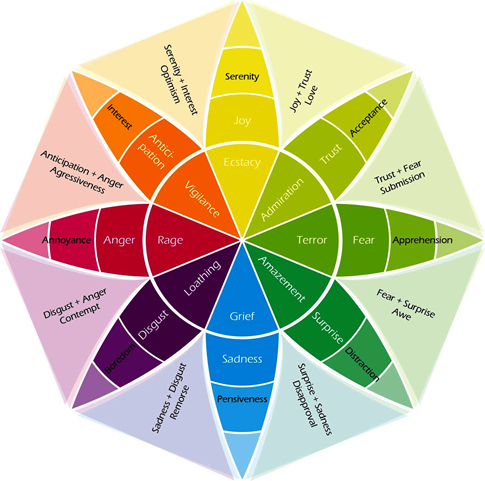Were you growing up in India during the 90s? Do you remember the ever-popular and nostalgic advertisement of ‘Dhara’?
If not, let me remind you.
A boy, hardly 6 years old, in denim dungarees sitting on a railway station all alone. Suddenly, an old man passes him, and he shouts out to the elderly, ‘Ramu Kaka’. Later he tells the old man, he is running away from the home since ‘sab gussa karte hai’ – everyone scolds me. He has decided to leave home.
Period.
But, as Ramu Kaka progresses the narrative, the kid comes to know that his mom has made jalebi – the Indian sweet dipped in sugar syrup. A favorite among kids.
Our dungarees clad kid is tempted, forgets his anger and happily rides back home with the white-haired elderly. At home, with a jalebi in hand, the anger is forgotten and that’s the end of a sweet narrative.
At the end of the storyline, we get a glimpse of the magnificent Dhara oil – the product of the ad campaign – but that’s just for a couple of seconds. But in our psychology Dhara is engraved.
Why?
Because the advertisers utilized a sweet and innocent story and made the product a part of the campaign. The ad makers focused on the emotional side of the story, which made the advertisement relatable to the audience, and more effective.
The ad was a huge success, winning awards and accolades from the advertising world. The said product was sold like hotcakes and is still important in many households.
This shows us an important thing. When done correctly, emotional marketing can have a lasting impression on the customers and add towards increasing brand awareness.
Let’s understand what emotional marketing is, and how it can change the direction of the business.
Emotional marketing

Depending on the audience demographics, type of the product, and the marketing goal – the agency and the advertisers would draw out the marketing strategy and choose the triggers to bring out the desired emotions.
Why do such advertisements work?
Humans are emotional beings; they feel and relate to emotions. An item or a concept triggering pleasant, or unpleasant, emotions can have a great impact on its overall acceptance. Apart from that, the following reasons reflect why emotional marketing works:
- Helping consumers in deciding from their heart
Such a form of marketing triggers the emotions of the consumer, forcing them to make the buying decision from the heart rather than the mind. Think about the recent wave of sales on the popular online shopping portals in India. Catchphrases like ‘best deals’ or ‘lowest prices’ attracted the attention of the buyers and the casual onlookers – forcing them to make a buying choice.
Yes, it might not be an impulsive buy and you might have got the product on a freak deal – but the thing remains the same – the catchphrases triggered your emotions, forcing you to make a buying choice.
And, you are not alone. According to a survey, the advertisements that focus on emotions have a better chance of succeeding. That means people are attracted to emotions and would make buying choices based on them.
- Emotions create a lasting impression
Let’s, get back to the Dhara advertisement mentioned at the beginning of the page. The ad came out in the late 90s and is still remembered for its simplicity and innocence. And, so is the product associated with the ad – the mustard oil named Dhara.
The point here is emotional marketing could help to make a lasting impression on the customers. In some cases, it could lead to brand awareness – consumer’s ability to recall a brand or product. Emotional marketing can direct consumer behavior, and push those (consumers) towards the intended item.
Conclusion,
Using emotions for marketing and advertising can surely make or break an advertisement campaign. It is a secret tool, which when used in the right direction can bring in more sales for the brand and the company. To create an effective emotional marketing campaign, the industries need to focus on the consumers and pick those emotions which the consumers will resonate with.
Carney Technologies Services, is a digital marketing agency, is taking the help of emotional marketing to create online campaigns for their customers. Visit https://www.carneytechnologies.com or call +91-9163298336 to talk to them.





Pingback: The Ultimate Steps to Create Content Marketing Strategy